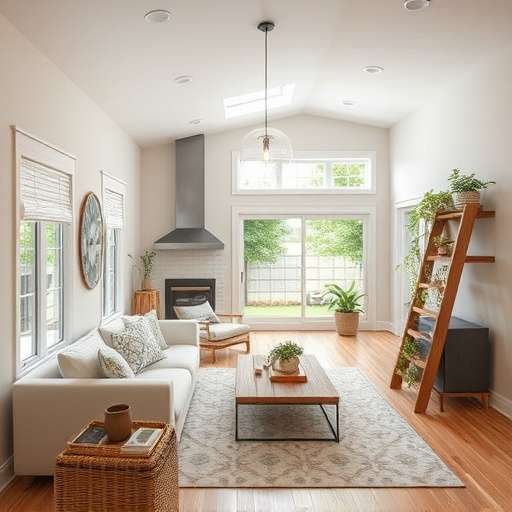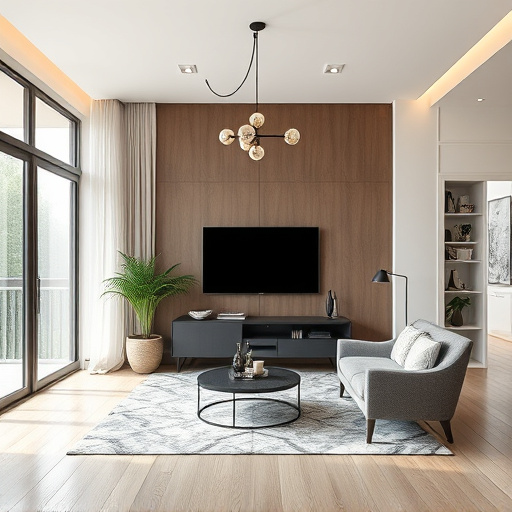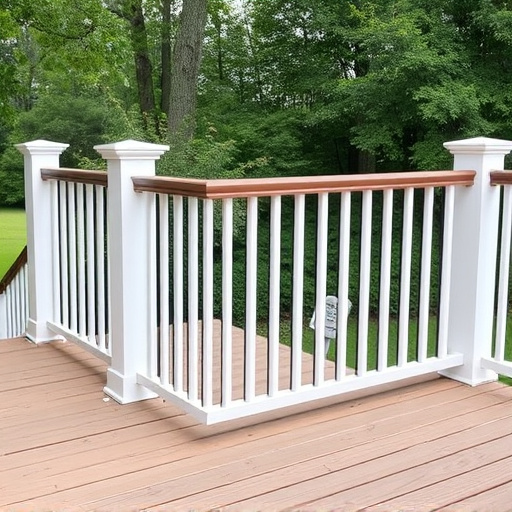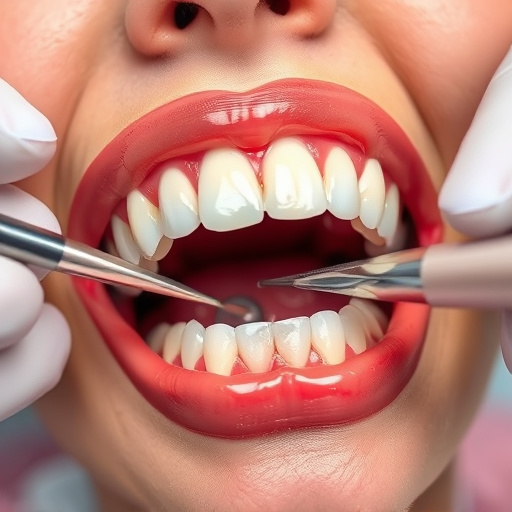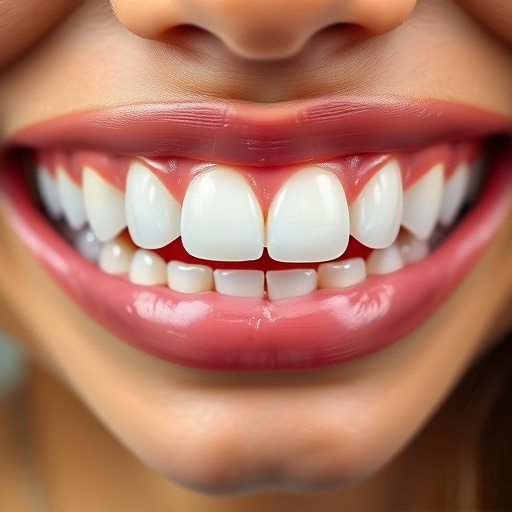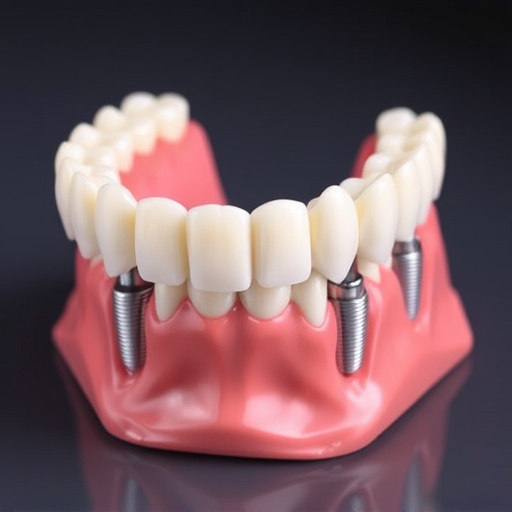Special needs dentistry clinics offer tailored care for individuals with disabilities, focusing on holistic approaches to address unique patient requirements. These include sensory-friendly environments, modified treatments, and calming spaces designed to reduce anxiety. Incorporating clear aligners and restorative services enhances accessibility, fostering trust and making dental visits more manageable. Through thoughtful design, these clinics create comfortable oases, using soft lighting, natural elements, warm colors, and soothing sounds to promote relaxation for diverse patients. This holistic approach ensures positive experiences during routine dental care for both patients and their families.
Creating calming environments in special needs dentistry clinics is essential for providing a comfortable and therapeutic space for patients with diverse requirements. This article explores the unique considerations of designing dental clinics that cater to individuals with special needs, focusing on strategies to reduce anxiety and foster relaxation. By understanding the specific challenges and implementing thoughtful design elements, clinicians can transform their practices into welcoming and soothing oases. We delve into essential aspects, from space planning to sensory-friendly features, to enhance patient experiences in special needs dentistry.
- Understanding Special Needs Dentistry Environments
- Designing Calming Spaces Within Clinics
- Strategies to Foster Relaxation for Patients
Understanding Special Needs Dentistry Environments
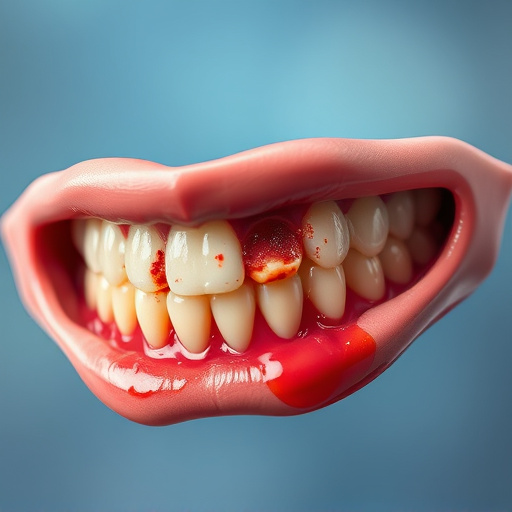
Special needs dentistry clinics cater to patients with diverse requirements, including those with physical, cognitive, or behavioral disabilities. These environments require careful consideration to ensure comfort and accessibility for all individuals. Understanding the unique challenges faced by patients with special needs is paramount in creating an inclusive space. Each patient has distinct care needs, ranging from modified treatment procedures to tailored communication strategies.
By embracing a holistic approach, dental clinics can transform into calming oases. This involves employing sensory-friendly practices, such as dimmable lighting and soft music, to create a soothing atmosphere. Additionally, incorporating clear aligners or focusing on restorative dentistry services can address specific oral health concerns while minimizing stress. A welcoming ambiance, coupled with professional family dentistry care, fosters trust and makes regular dental visits more manageable for patients with special needs.
Designing Calming Spaces Within Clinics

Creating calming environments is an essential aspect of providing quality care in special needs dentistry clinics. Through thoughtful design, these spaces can transform from clinical settings to comforting oases for patients with diverse requirements. Consider incorporating soft lighting and natural elements like plants or water features, which have been proven to reduce anxiety and promote relaxation. Warm colors, comfortable seating areas, and soothing sounds create a sense of safety and familiarity, making dental visits less daunting.
Additionally, dedicated play zones or interactive corners can be designed for younger patients, offering distractions during procedures. These spaces should encourage imaginative play and be equipped with age-appropriate toys to distract from the dental experience. For adults, designated quiet rooms with comfortable chairs and books or calming art can serve as a retreat when anxiety levels rise. By designing these calming spaces, special needs dentistry clinics can foster a more positive atmosphere, making routine dental care (including tooth repair, preventive dentistry, and dental cleanings) less stressful for both patients and their families.
Strategies to Foster Relaxation for Patients
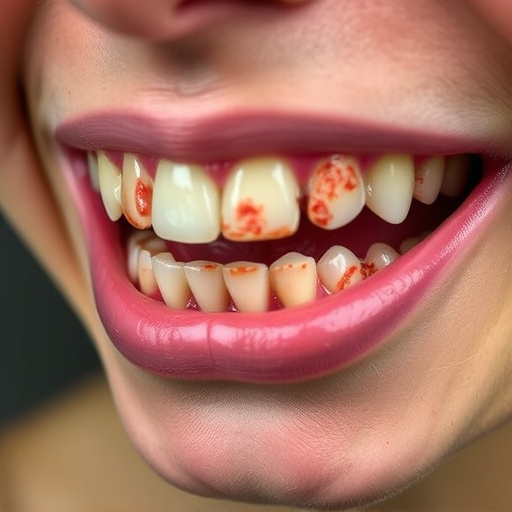
Creating calming environments is paramount in special needs dentistry clinics to ensure patients feel relaxed and at ease during their visits. One effective strategy is incorporating sensory tools tailored to individual patient needs. This might include providing soft, soothing lighting, playing gentle background music, or offering fidget toys for those who need an outlet for excess energy. The goal is to create a sense of comfort and control, addressing potential sources of anxiety.
Additionally, incorporating simple, predictable routines can significantly aid in fostering relaxation. Consistent scheduling, clear communication, and structured activities help patients understand what to expect, reducing uncertainty and associated stress. Combining these strategies with the offer of clear aligners or other discreet treatment options from a comprehensive service like preventive and restorative dentistry can further enhance patient experiences, making each dental visit more positive and less frightening for individuals with special needs.
Creating calming environments in special needs dentistry clinics is not just an amenity—it’s a necessity. By understanding the unique needs of these patients and implementing thoughtful design strategies, we can significantly improve their dental experiences. Through incorporating soothing aesthetics, sensory considerations, and effective communication techniques, clinics can foster relaxation and build trust. These adaptations not only enhance patient comfort but also contribute to more successful dental procedures, demonstrating that prioritizing calm in special needs dentistry is both beneficial and essential.


